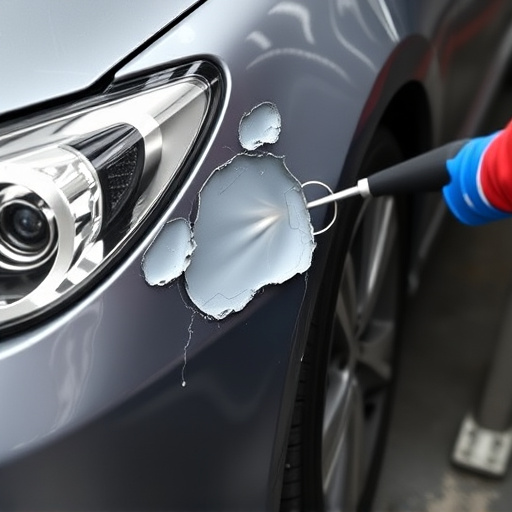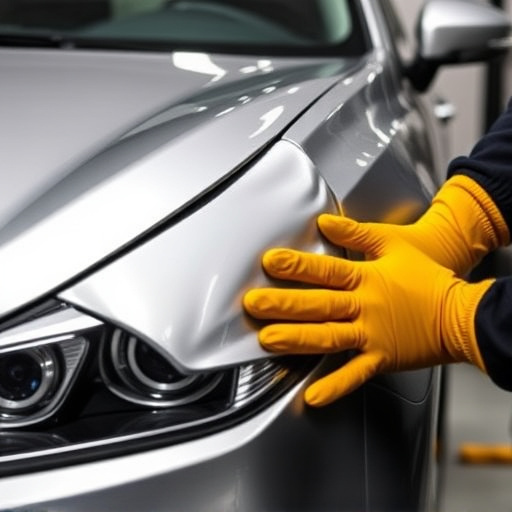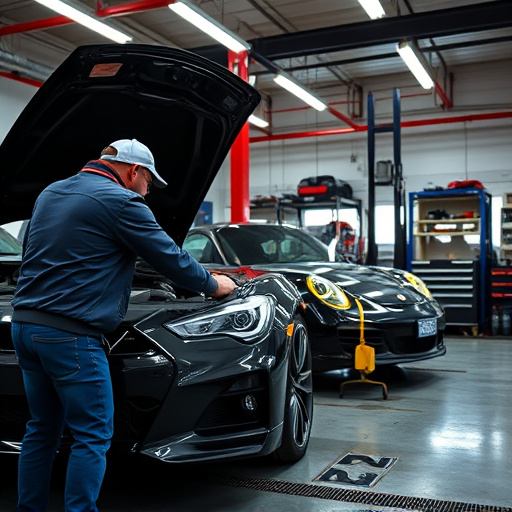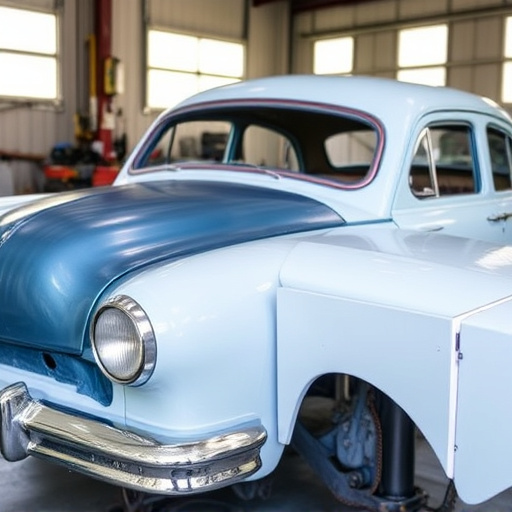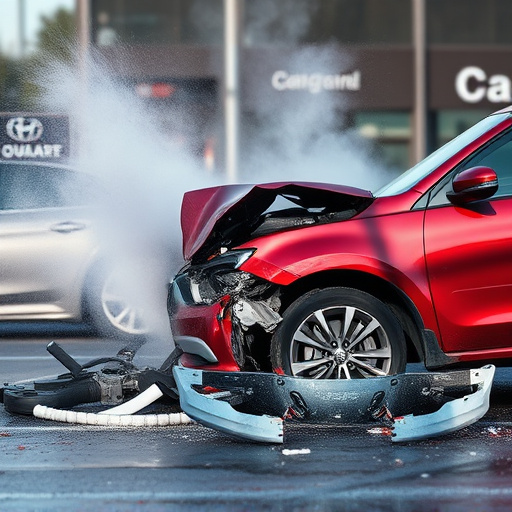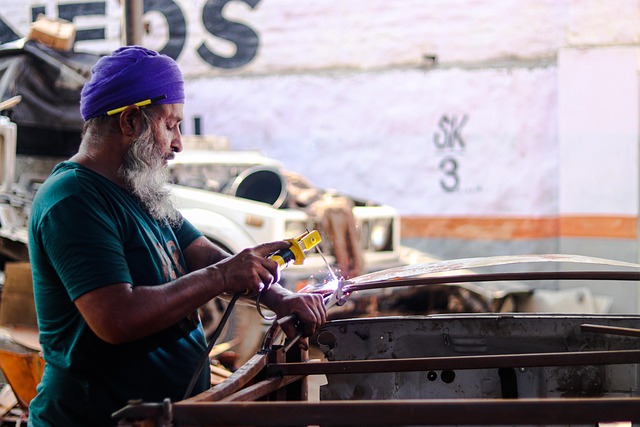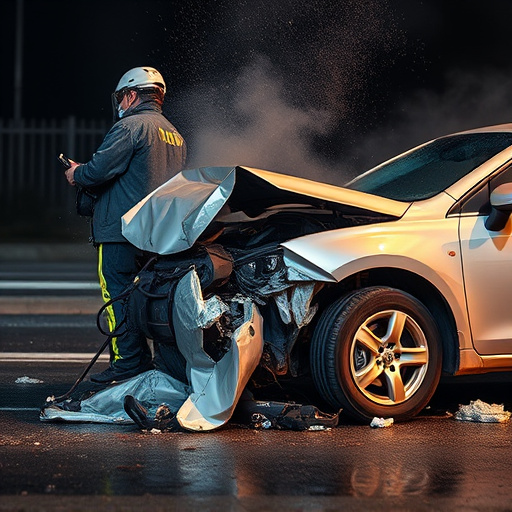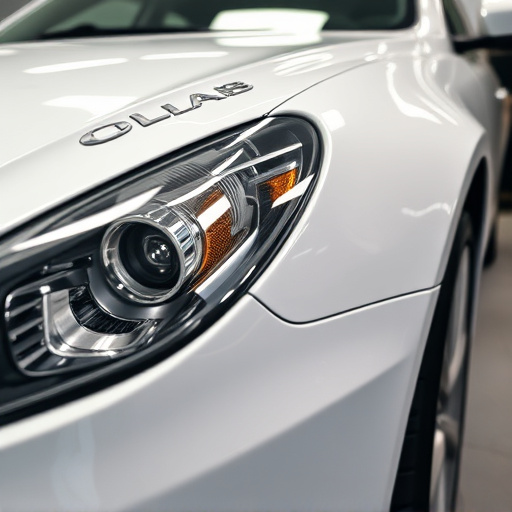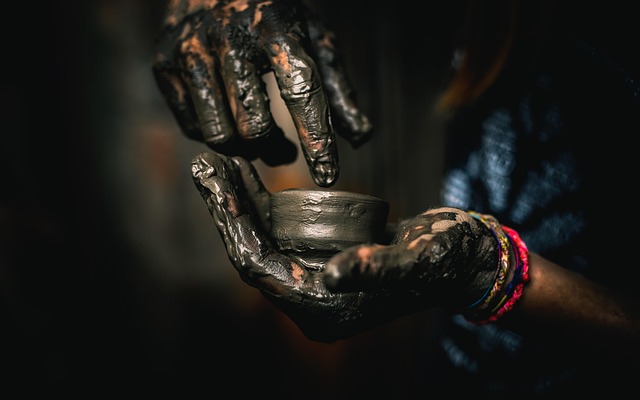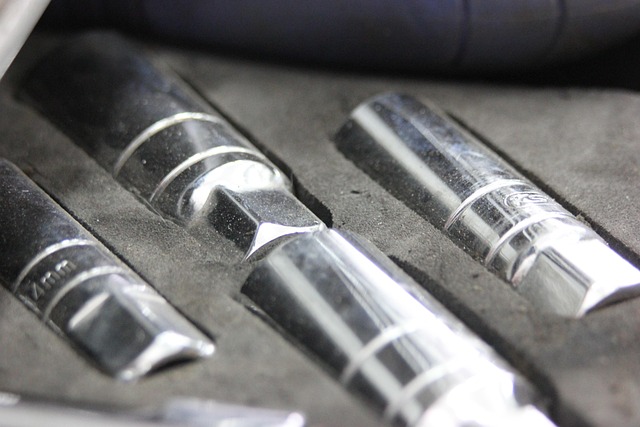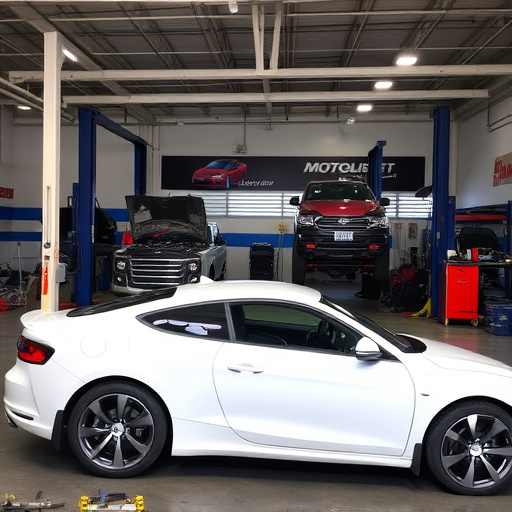Bumper scuff repair begins with assessing damage severity, using specialized tools for accurate evaluation. Planning involves surface preparation, paint color matching, and selecting suitable repair techniques based on material, scuff size, and desired finish. Turnaround times vary by damage extent, repair method, part availability, and shop workload, from quick fixes to longer delays in busy shops.
Bumper scuff repairs are a common concern for vehicle owners, seeking quick yet effective solutions. Understanding the typical turnaround time is essential for efficient planning. This article delves into the world of bumper scuff repairs, offering insights on assessment, repair processes, and factors influencing duration. From initial damage evaluation to final touch-ups, we break down the steps and variables that determine how long it takes to restore your bumper to its original condition, ensuring a seamless and prompt repair experience.
Assessing Damage and Repair Time
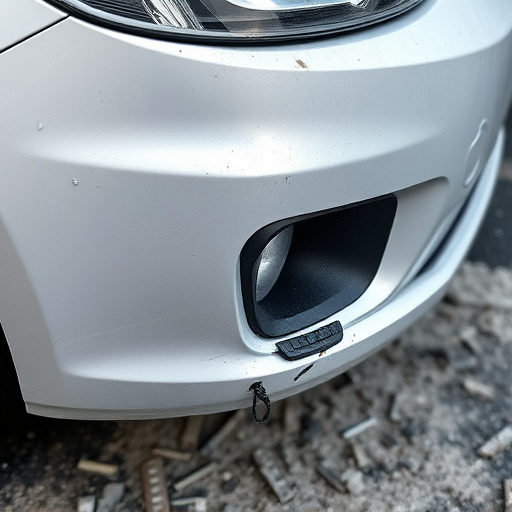
Assessing damage is the first step in determining how long a bumper scuff repair will take. The severity of the scuff can range from shallow scratches to deep gouges, each requiring a different level of expertise and time. Auto maintenance professionals use specialized tools to gauge the depth and extent of the damage, which directly impacts the repair process. A quick visual inspection might not reveal all hidden flaws, so a detailed evaluation is crucial.
Once the damage is accurately assessed, the next step is planning the repair. This involves preparing the bumper, matching paint colors, and deciding on the technique—whether it’s a simple touch-up or a more complex fix. A vehicle body shop will consider factors like the type of material (plastic, metal), the size of the scuff, and the desired finish to estimate the time required for the bumper scuff repair. This process ensures that customers receive an accurate timeframe for their auto glass repair or bumper restoration, setting expectations and preventing any delays.
The Repair Process Step-by-Step
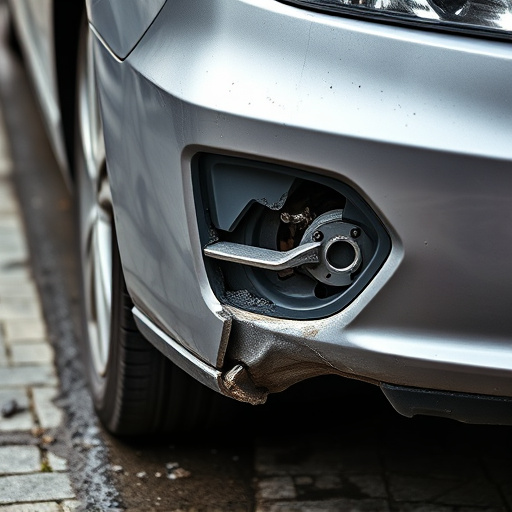
The bumper scuff repair process typically involves several meticulous steps to ensure a seamless and durable fix. It begins with a thorough inspection of the damaged area to assess the extent of the scuff or scratch. The automotive body shop will then prepare the surface by cleaning it to remove any dirt, debris, or existing residue. This critical step guarantees that the repair adheres properly and produces a clean finish.
Next, the skilled technicians use specialized tools and techniques tailored to the bumper’s material—whether plastic, metal, or composite—to gently buff away the damaged outer layer. This meticulous process exposes the underlying surface, creating a smooth base for the repair. After smoothing, an appropriate filler or putty is applied to fill in any imperfections, ensuring a level surface. Once cured, the technician sands the area, removing any excess filler and achieving a precise fit. Finally, a high-quality paint match is carefully applied, blending seamlessly with the vehicle’s original finish, effectively concealing the scuff and restoring the bumper to its pre-damaged condition, much like a car scratch repair done by experts.
Factors Affecting Turnaround Time
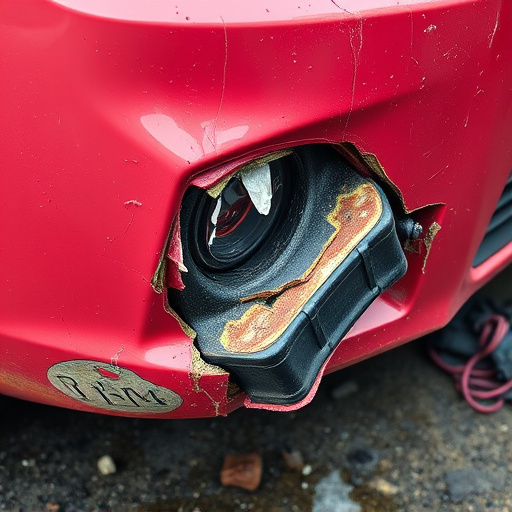
The turnaround time for bumper scuff repairs can vary based on several factors. First, the severity of the scuff plays a significant role; minor scratches or dents might take less time to fix compared to deeper gouges or more extensive damage. Additionally, the method used for repair influences the process duration. While some techniques, like paintless dent repair (PDR), can restore the bumper quickly without sanding and repainting, others may require these additional steps, thereby extending the turnaround.
Another critical aspect is the availability of replacement parts. If a new bumper or specific components are needed, sourcing them could introduce delays. Conversely, if the shop has the necessary parts in stock, it speeds up the repair process. Moreover, the schedule of the vehicle repair and the workload of the chosen vehicle body shop can impact turnaround times, with busier facilities potentially experiencing longer wait periods.
Bumper scuff repairs can vary in duration, typically taking anywhere from a few hours to a day or more, depending on several factors. By understanding the assessment process, the step-by-step repair method, and the influencing elements like damage severity and material type, you can better anticipate the turnaround time for your specific bumper scuff repair needs. Efficient and precise repairs are achievable, ensuring your vehicle regains its original aesthetic appeal.

